WILDER NATIVES
LOCAL ECOTYPE PLANTS
The right plant in the right place. Here in southern New England, most of us are nestled in the EPA’s Ecoregion 59, or the Northeast Coastal Plain. This region stretches from the mouth of the Hudson River up to the Portland Maine area, and the Connecticut River Valley of MA eastward to the Cape Cod Canal. Whenever possible, Judges Farm is committed to responsibly sourcing plants from this region. These local plants are adapted to our climate, soils and topography, and will be happiest in your gardens! We’ve partnered with area land trusts and landowners to collect small portions of seed. We germinate this seed, then grow these plants out in seed augmentation beds here at the farm, so we can offer their progeny to our area landscapers and independent garden centers. All of our asters and goldenrods are local ecotype plants, and here’s an alphabetical list of a few more:
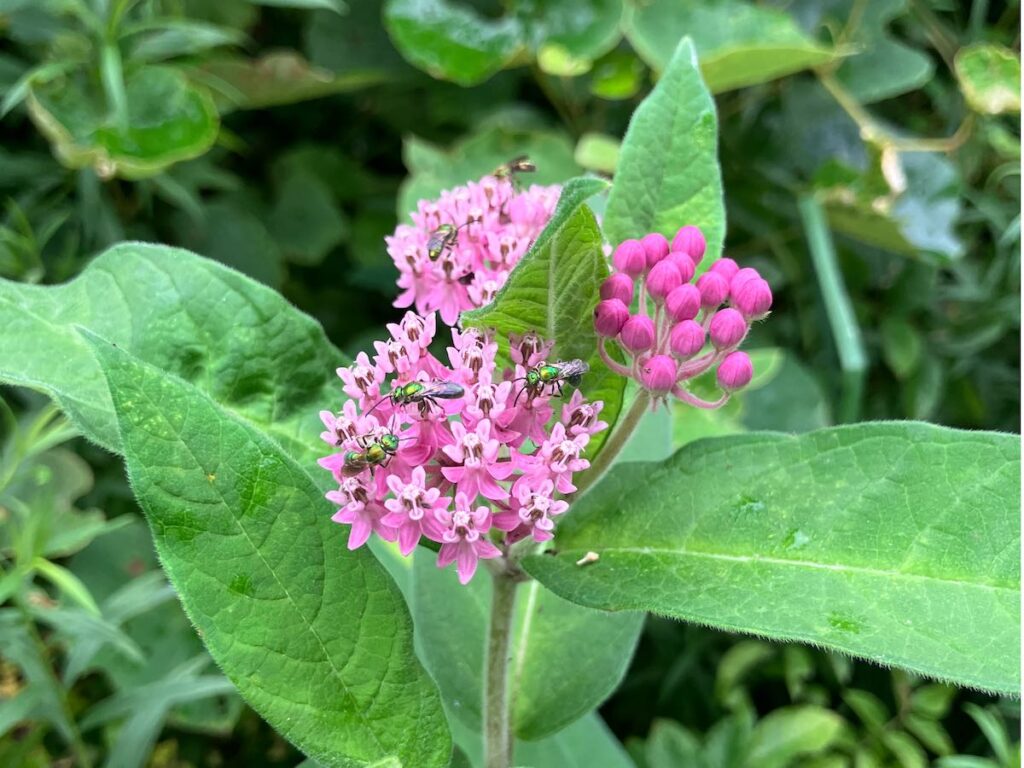
Asclepias incarnata: Swamp Milkweed
The favorite larval host plant for the monarch butterfly. Reaches 3-4’ tall, and loves a bright moist spot, tolerates drier sites. Trim these sequentially through the summer to provide the caterpillars with a constant supply of tender new growth.
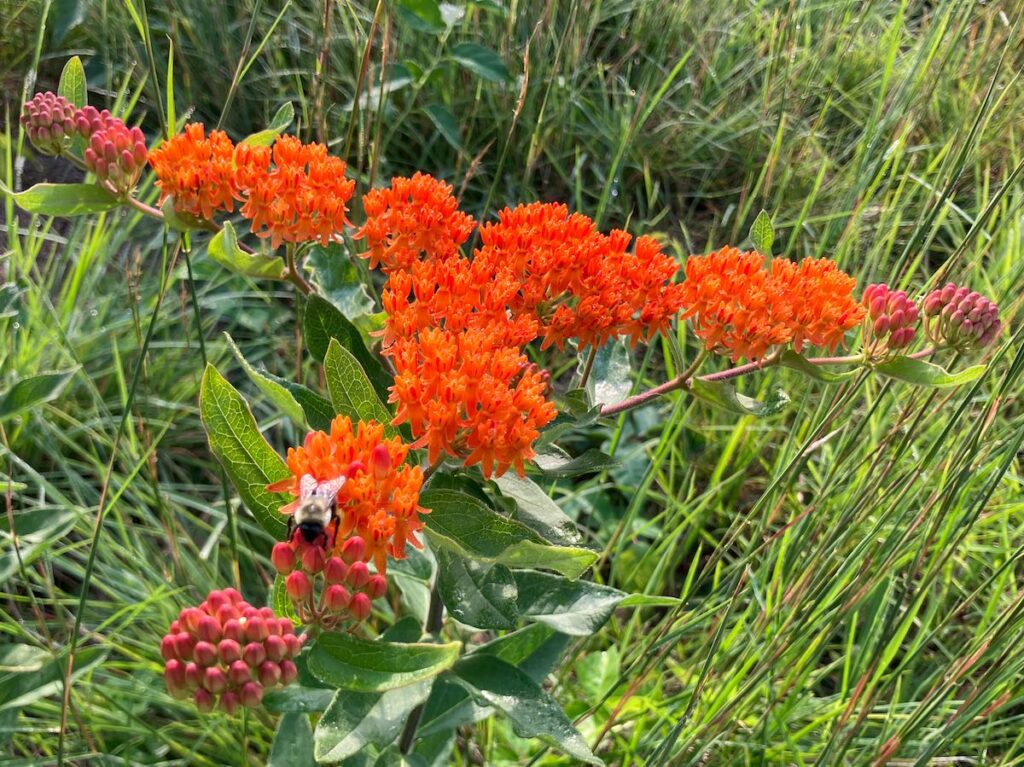
Asclepias tuberosa: Butterfly Weed
Pollinators including bees, wasps and butterflies can’t resist the bright orange midsummer blooms on these 1-3’ native milkweeds. You’ll find these happiest growing in full sun in old hayfields, their taproots making them very drought tolerant. As a bonus, deer don’t seem at all interested in milkweeds!
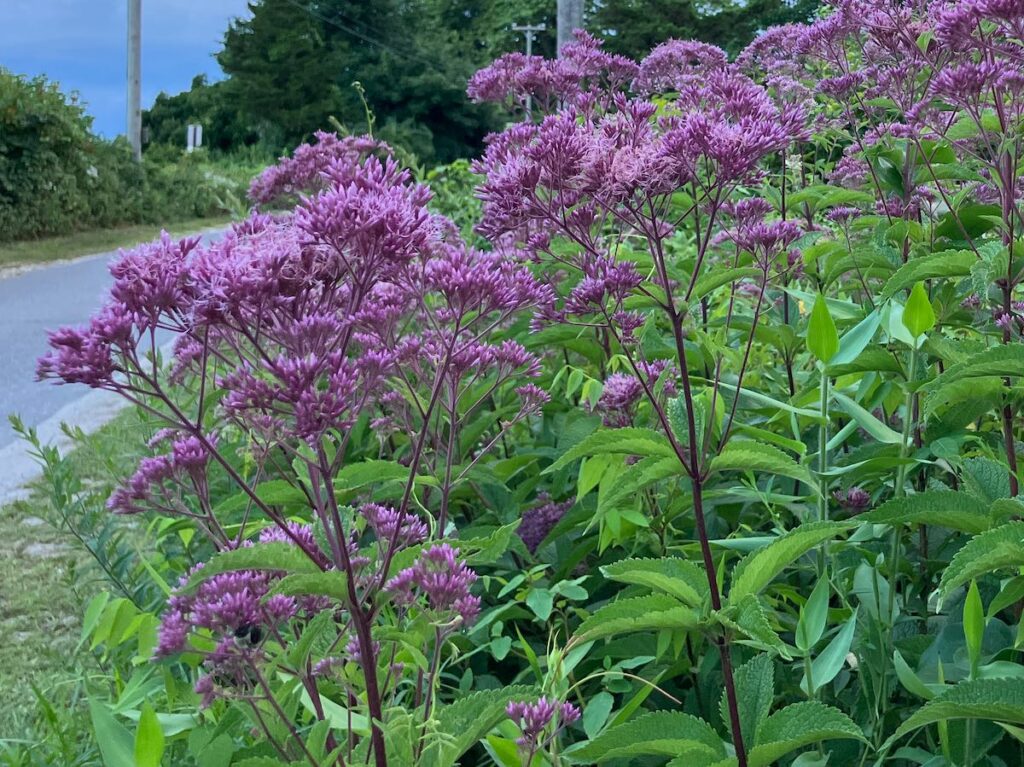
Eutrochium maculatum: Joe Pye Weed
These big bold 4-6’ summer bloomers enjoy a moist sunny locale, where they can reach for the sky, and show off their umbel-topped pink to purple blooms. Broad lanceolate green leaves can reach 10” long, and accent the often purple stems. A must have for the back of the pollinator garden!
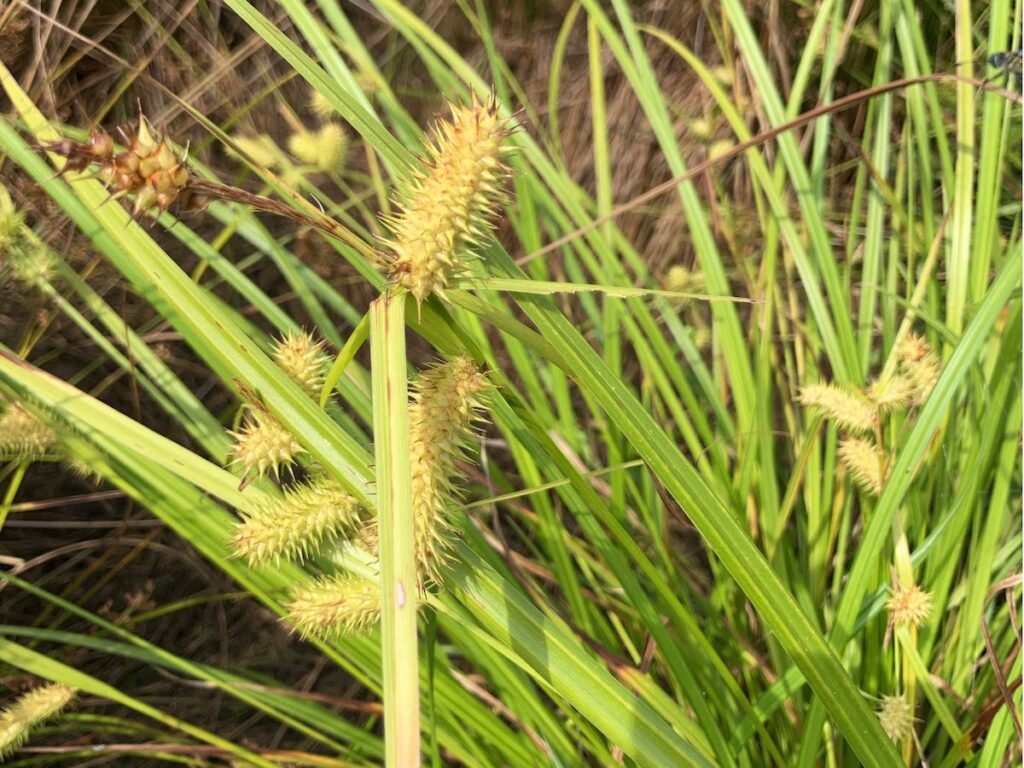
Carex lurida: Sallow Sedge
Sallow sedge thrives in sunny moist to wet sites where it can spread its long, arching bright green foliage out to three feet tall and wide. It is host to many skippers and moths, and provides cover for nesting birds like the sage wren.
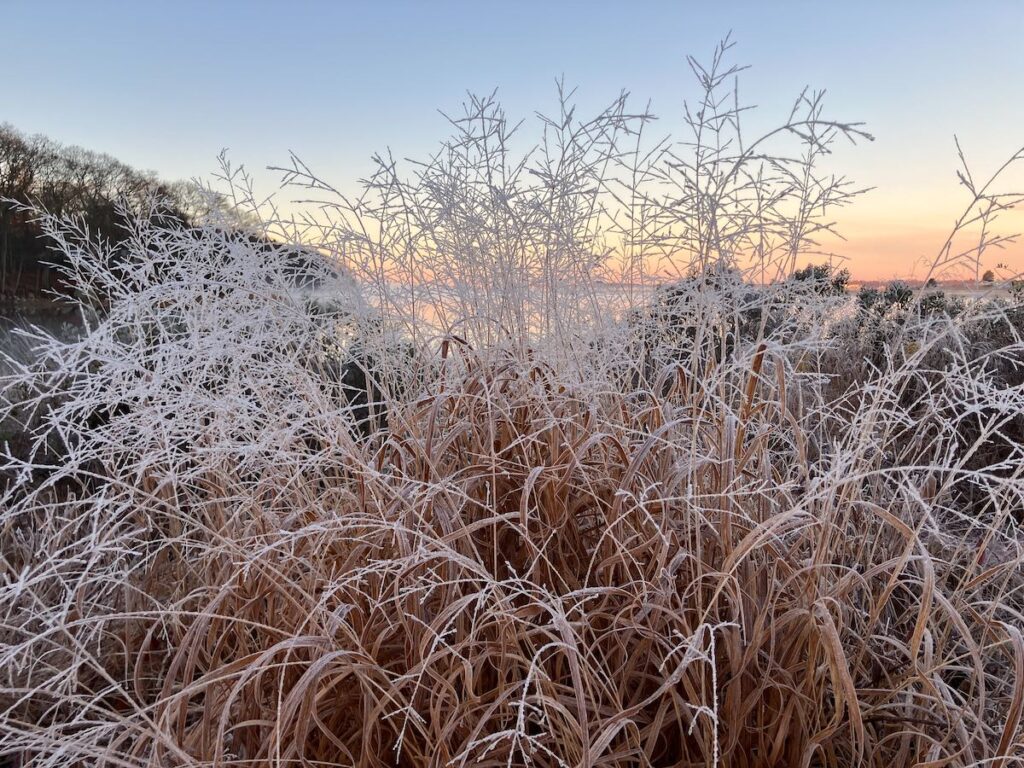
Panicum virgatum: Switchgrass
Native switchgrass has been hybridized and selected to no end, and with good reason. Rich green arching foliage reaches 3-5’ by midsummer. Plants then produce masses of frothy green blooms, which brighten to gold with red and orange highlights in fall. In a larger area, plant en masse to provide shelter for birds and small mammals, and forage for our insect friends.
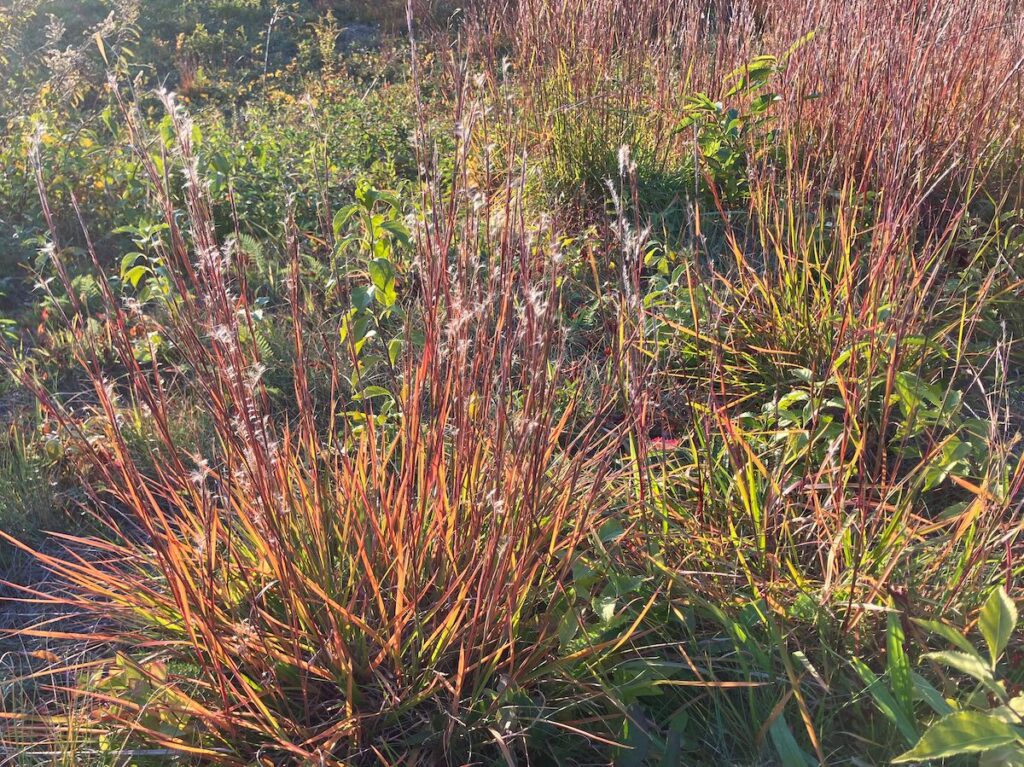
Schizachyrium scoparium: Little Bluestem
Little bluestem has it all: stiff upright foliage that reaches 2-3’ by late summer, fiery fall color, fuzzy seedheads in fall and winter. Plants are excellent for soil stabilization with roots that can reach five feet deep. Provides important cover and food for all manner of wildlife.
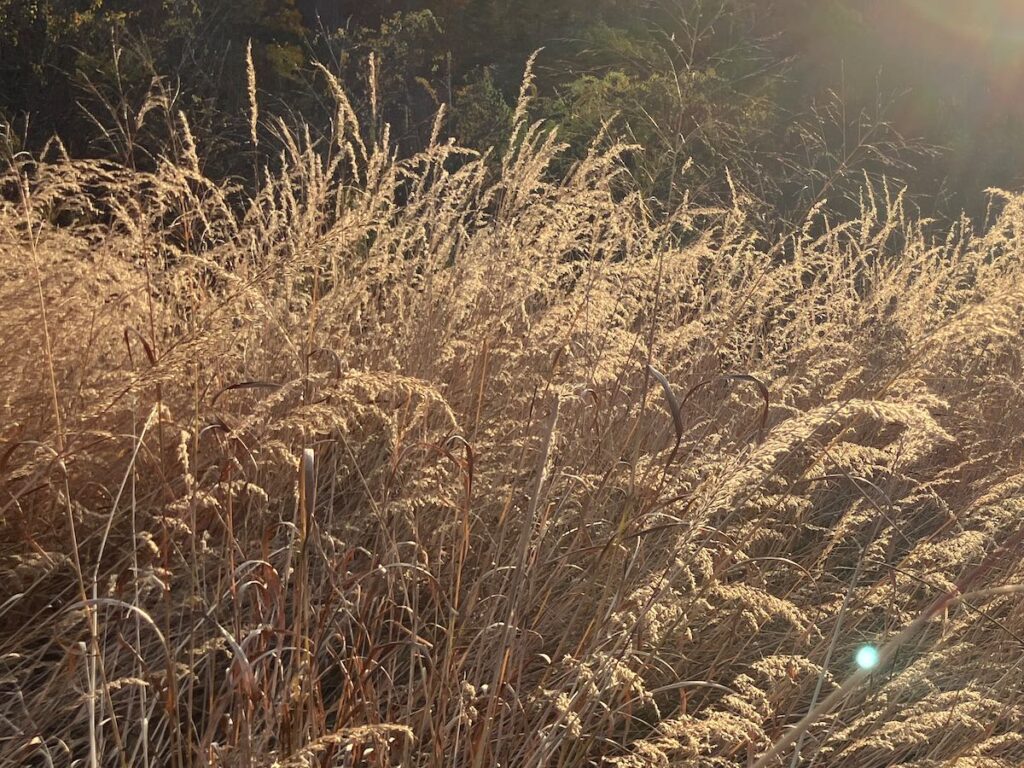
Sorghastrum nutans: Indian Grass
One of the famed ‘Four Horsemen of the Tall Grass Prairie’, Sorghastrum is a warm-season grower, boasting rich green broad blades, and coppery seed heads reaching 4-5’ tall as summer fades to fall. Give it plenty of room, as this grass likes to self sow. Immense wildlife value, and intense fall and winter interest.
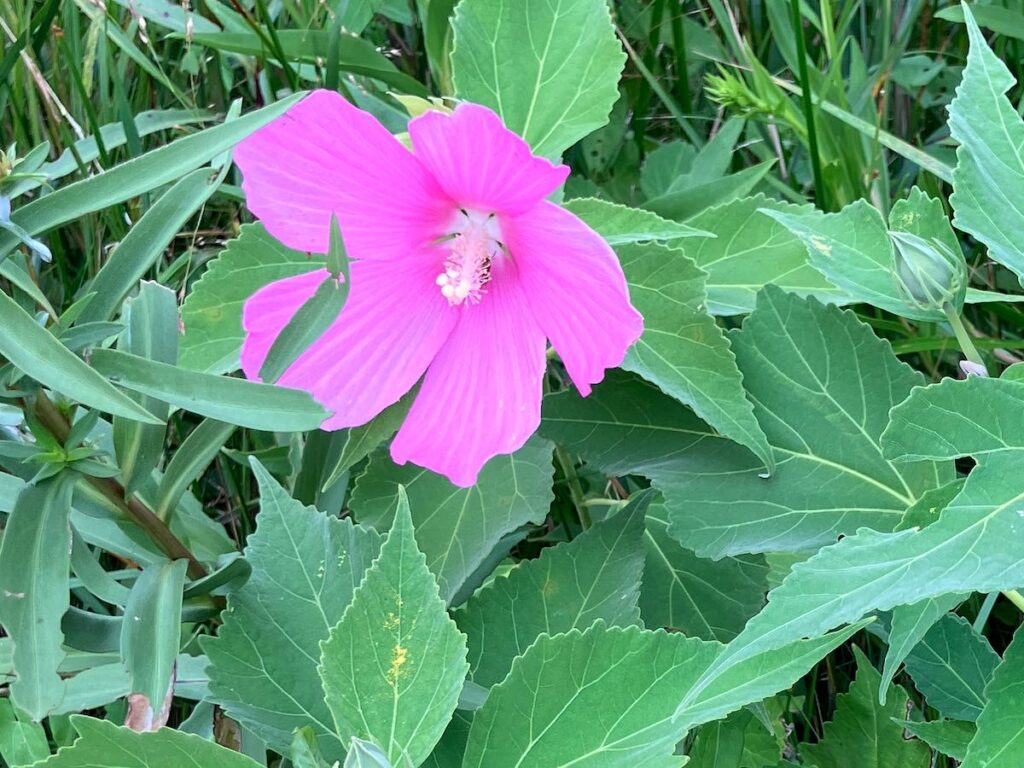
Hibiscus moscheutos: Swamp Rose Mallow
How the heck is this plant a native, it looks like a tropical!? Welp, native it is. Happiest in wet spots with plenty of sun, the bold maple-leaf foliage emerges late in the spring, but soon shoots up to 4-5’ tall. Dinner plate blooms to 10” wide unfurl in late summer, and display a soft palette of pinks, whites and purples. Bumblebees, butterflies (including the gray hairstreak and painted lady), and hummingbirds flock to these showy late-season blooms. Leave the woody stalks over the winter for perfect bird perches!
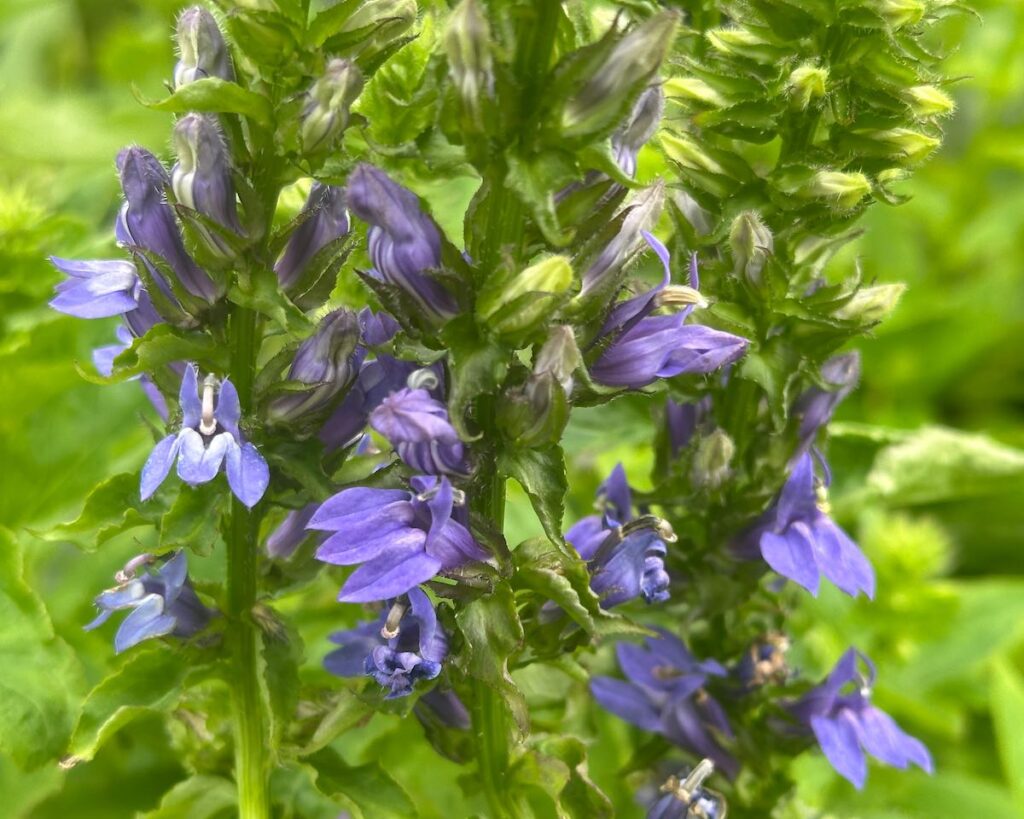
Lobelia siphilitica: Great Blue Lobelia
If you’re looking for some blue in your late summer garden, well Ma Nature’s got you covered with great blue lobelia. Replete with 3-4’ spires of brilliant cobalt, these plants are popular with all the pollinators, including bees, butterflies and hummingbirds. Prefers a moist site, with sun to bright shade.
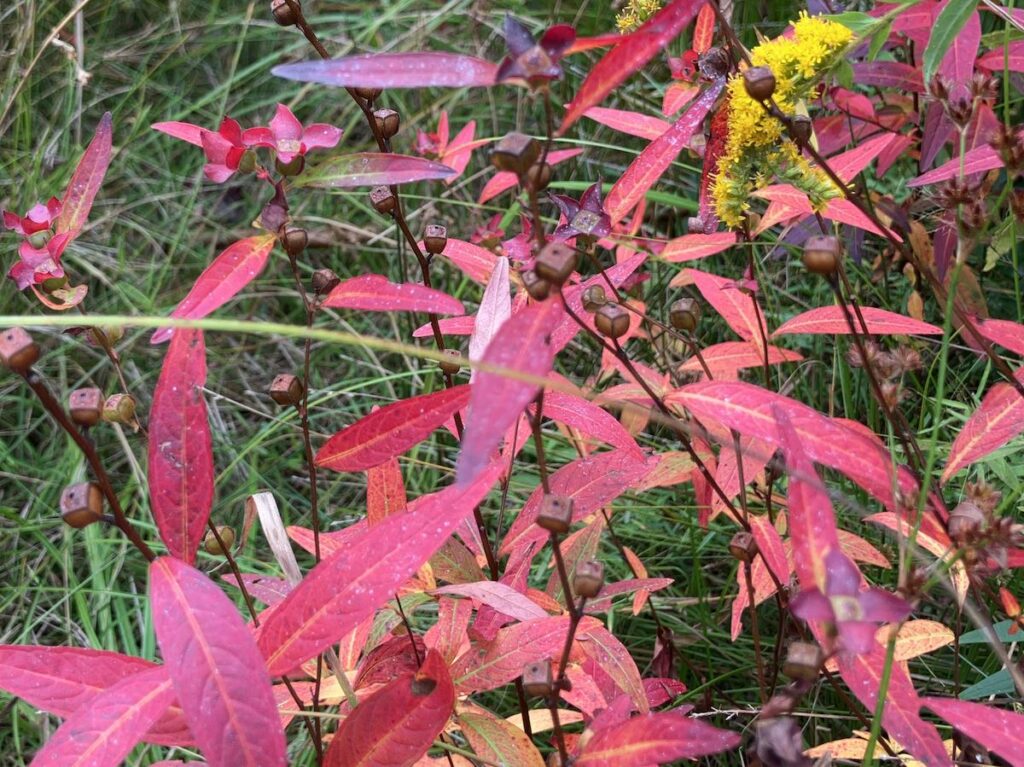
Ludwigia alternifolia: Seedbox
Chock this plant up in the ‘Wonders of Nature’ category. Seedbox starts off innocently enough, enjoying a sunny wetland margin. Yellow midsummer blooms adorn the stems, as plants reach 3-5’ tall. Then, beneath each flower node, the carpentry begins, and before you know it, Mr. Ludwig has assembled dozens of perfect little bronze cubes in which to house next year’s seed. Each box includes a tiny round hole, which allows the tiny seed to escape through the fall and winter. Great red fall foliage, and winter interest from the seedboxes too, a winner!
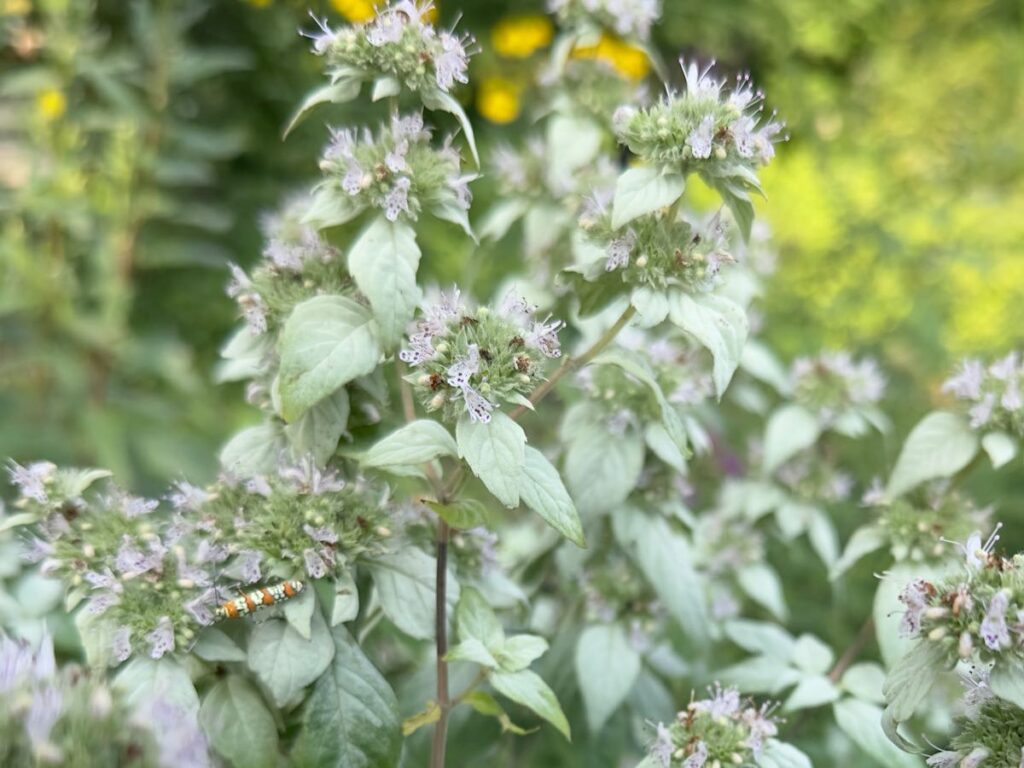
Pycnanthemum muticum: Clustered Mountain Mint
In terms of sheer pollinator delight, the mountain mints take the cake. This plant features delightful minty-scented foliage on sturdy 2-3’ stems. In midsummer, as blooms start appearing, the upper foliage turns a showy silver tinge, guiding the way to the thousands of small tubular flowers. Enjoys full sun to part shade, and average garden soils. PPA Perennial Plant of the Year for 2025.
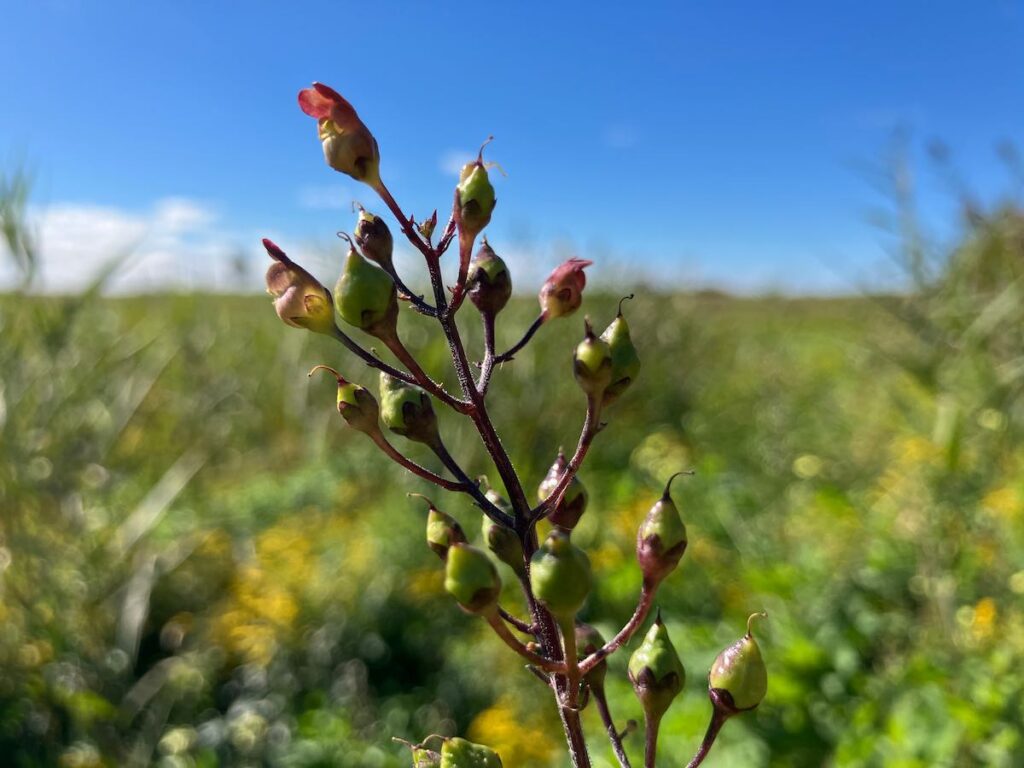
Scrophularia marilandica: Late Figwort
Who names these natives anyway!? Scrophularia? It sounds like a bad cold. Well the hummingbirds and specialist bees that drink from the small rose-pink nectar goblets atop these wiry 3-4’ stems certainly don’t care what we humans are up to. Figwort likes full to part sun, and enjoys cooler moist soils. So these are best planted in the middle of the border where other plants can shade their roots. Figworts can get weedy, so best to remove seedheads before they drop.
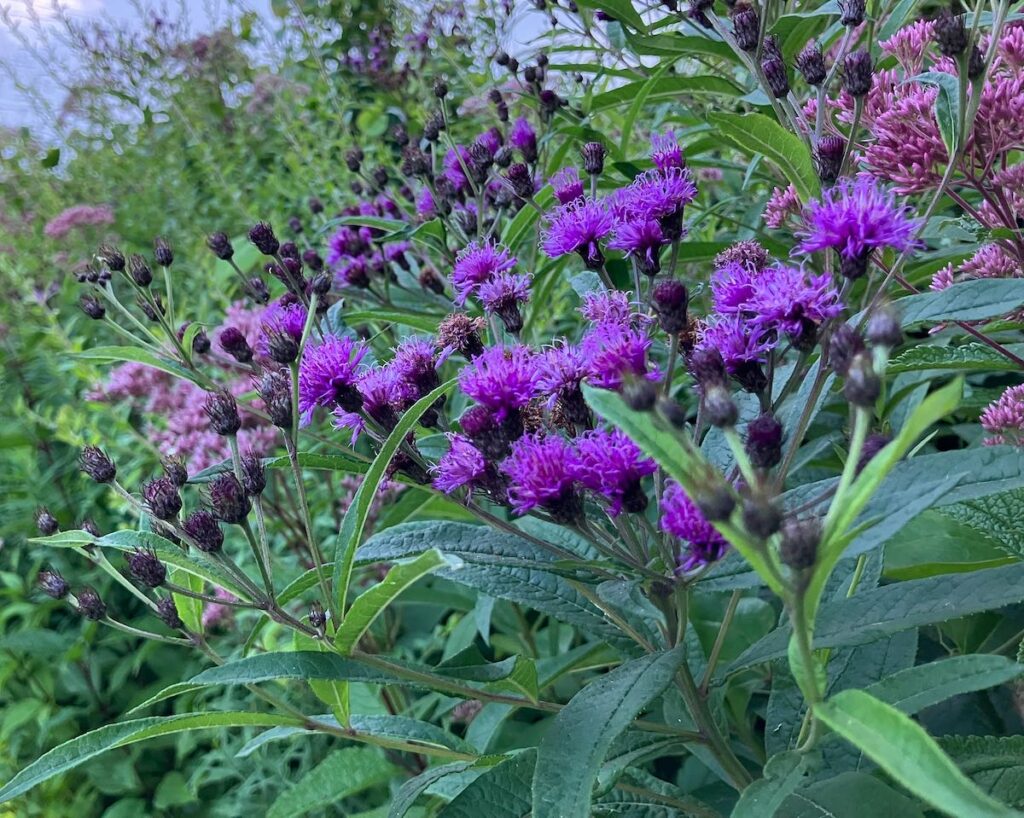
Vernonia noveboracensis: New York Ironweed
New York Ironweed spends its early summer growing its thick purple stems and soft green elephant-ear foliage as tall as 6-8’. Then, in midsummer the fireworks begin as hundreds of eye-popping purple button blooms begin to open. The display is mesmerizing, especially when accompanied by rich pink Joe Pye Weed, and some native Hibiscus around their waists. Enjoys full sun, and a medium to moist site.
